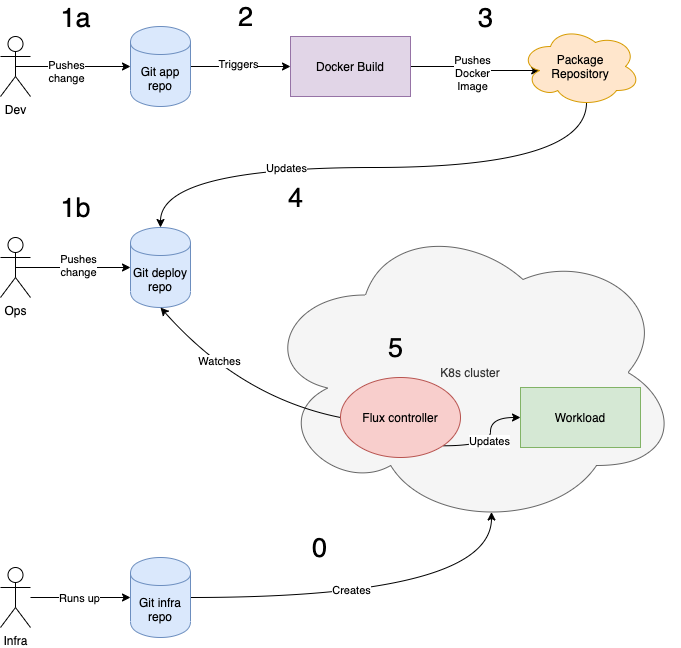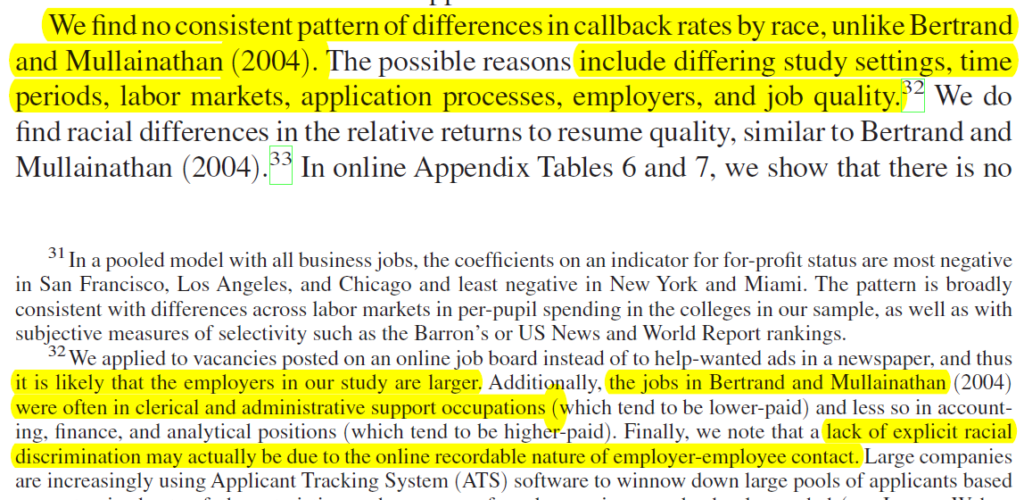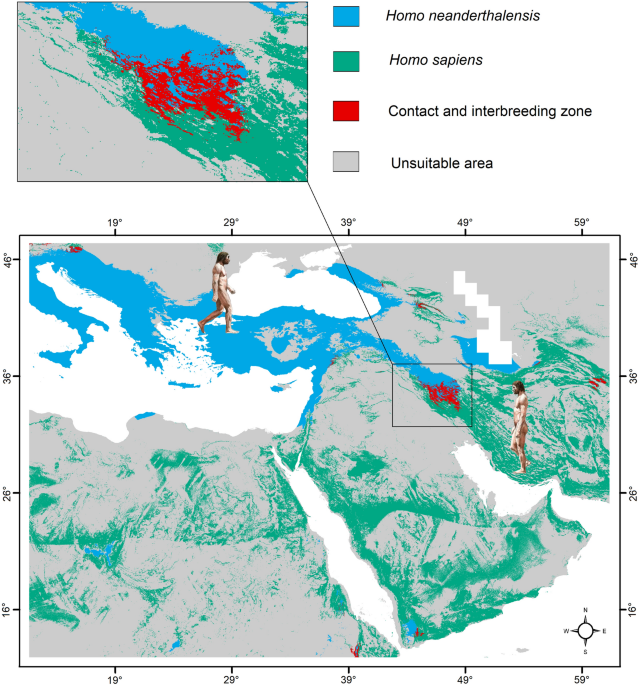
Intel’s Redwood Cove: Baby Steps are Still Steps
Intel’s Meteor Lake chip signaled a change in Intel’s mobile strategy, moving away from the monolithic designs that had characterized Intel’s client designs for more than a decade. But radical changes create risk. Intel appears to have controlled that risk by iterating very conservatively on their CPU architectures. I already covered Meteor Lake’s E-Core architecture, Crestmont. Here, I’ll go over the P-Core architecture, Redwood Cove.
Redwood Cove is a minor upgrade over Intel’s prior Raptor Cove architecture from 2022. In turn, Raptor Cove is a nearly the same as 2021’s Golden Cove, sporting just a larger 2 MB L2 cache and higher maximum clock speeds at the cost of lower stability.
From testing, Intel has not changed any major core structure sizes. The company has therefore used Golden Cove as a foundation to fill out its CPU lineup for the past three years. To Redwood Cove’s credit though, it does make core architecture changes over its predecessors. Intel’s optimization guide documents some of the core’s improvements. I’ll cover that, along with Redwood Cove’s memory subsystem and SMT implementation. I don’t know if Intel changed the SMT implementation since Golden Cove, but I felt I couldn’t dive deep into SMT in prior articles without making them too long.
Redwood Cove’s frontend gets minor tweaks aimed at keeping the core better fed. Engineers tend to improve branch prediction with every opportunity they get, so it’s not surprising to see Redwood Cove feature better branch prediction.




















